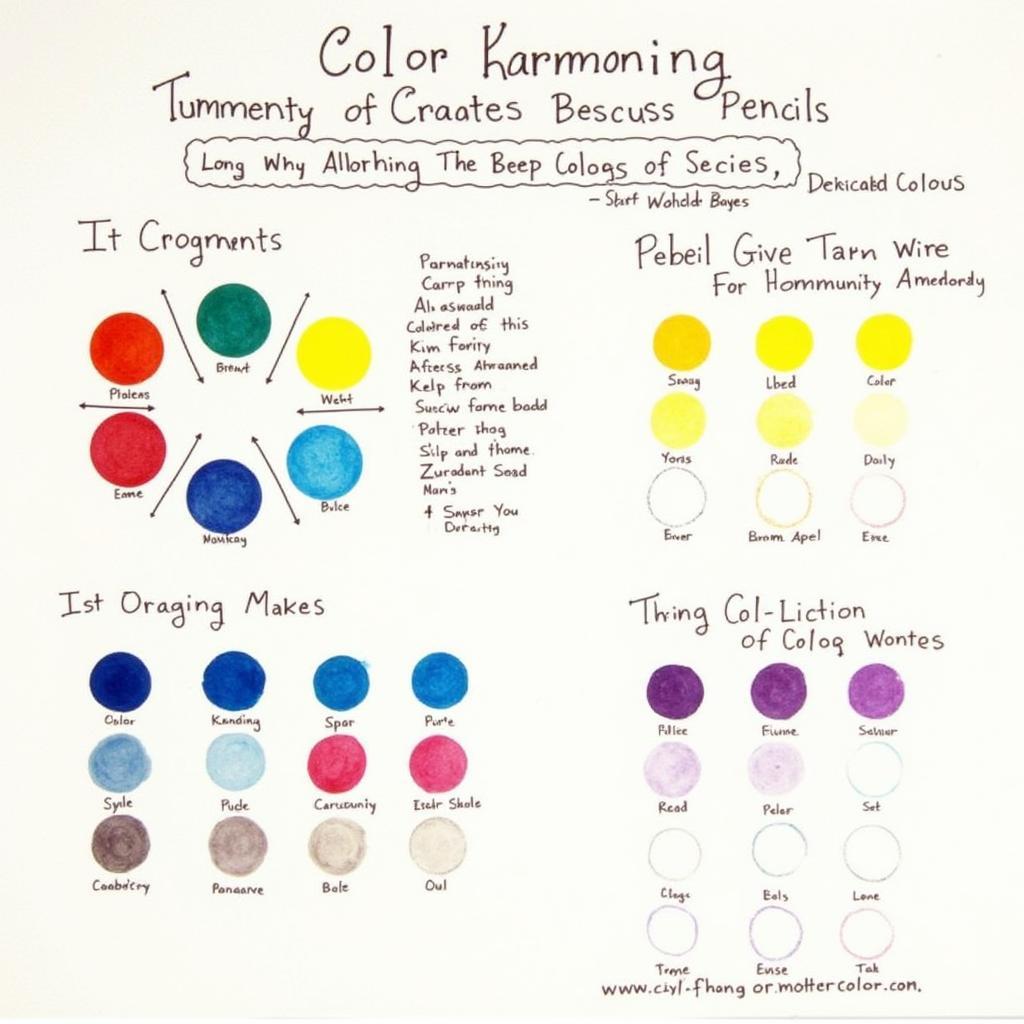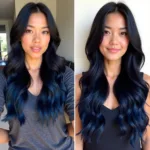Coloring with pencils is more than just a childhood pastime; it’s a versatile art form that allows for intricate detail, vibrant hues, and stunning visual effects. Whether you’re a beginner or a seasoned artist, mastering the techniques of how to color with pencils can open up a world of creative possibilities. This guide will explore various techniques, from basic layering to advanced blending, to help you achieve professional-looking results. what is a good brand of colored pencils will help you find the best colored pencils for your needs.
Getting Started with Colored Pencils
Before diving into techniques, let’s cover the essentials. Choosing the right paper is crucial. A smooth, heavier paper will prevent the colored pencil from snagging and allow for better layering. Experiment with different pencil brands to find what suits your style. Some are harder, offering finer detail, while others are softer, allowing for richer color saturation.
Basic Coloring Techniques: Layering and Blending
Layering: Building Depth and Dimension
Layering is the foundation of colored pencil art. Start with light pressure, applying multiple layers of color gradually to build depth and intensity. This allows you to create subtle transitions and avoid harsh lines. Think of it like building a house, brick by brick. Each layer adds to the overall structure and richness of the final image.
Blending: Creating Smooth Transitions
Blending is the art of seamlessly merging colors. There are several methods you can use. A blending stump or tortillon can be used to smudge and soften the colors. You can also use a solvent, such as odorless mineral spirits, applied with a brush, to dissolve the pigment and create a smooth, almost painted effect. how to make colored pencils look smooth provides detailed guidance on achieving smooth blends.
 Colored Pencil Layering and Blending Techniques
Colored Pencil Layering and Blending Techniques
Advanced Coloring Techniques: Burnishing and Sgraffito
Burnishing: Achieving a Polished Finish
Burnishing involves applying heavy pressure with a light-colored pencil, usually white or colorless blender, over layered colors. This creates a smooth, polished finish and intensifies the colors underneath. It’s a great way to add highlights and create a realistic sheen to objects.
Sgraffito: Creating Texture and Detail
Sgraffito is a scratching technique. Apply a thick layer of one color, then layer a contrasting color on top. Using a sharp tool, such as an X-Acto knife or a needle, scratch away the top layer to reveal the color underneath. This technique is excellent for creating texture, details like hair or fur, or adding a unique artistic touch.
How Can I Practice Colored Pencil Techniques?
Practice is key to improving your colored pencil skills. how to draw grass with colored pencil is a great way to practice these techniques. Start with simple subjects like fruits or vegetables to practice layering and blending. Gradually move on to more complex subjects like landscapes or portraits as you gain confidence.
“Consistent practice is the cornerstone of mastering any art form. Don’t be afraid to experiment and discover what works best for you.” – Amelia Hues, Art Instructor
Exploring Color Theory and Application
Understanding color theory can significantly elevate your colored pencil work. Learn about the color wheel, complementary colors, and color harmonies. This knowledge will help you choose colors that work well together and create impactful compositions. how to color a sunset with colored pencils is a wonderful exercise in color theory application.
 Color Theory Application in Colored Pencil Art
Color Theory Application in Colored Pencil Art
Conclusion
Learning how to color with pencils is a journey of exploration and discovery. By mastering the basic techniques and exploring advanced methods, you can unlock your creative potential and bring your artistic visions to life. Remember to experiment, practice, and have fun with the process! What are crayola colored pencils made of? Find out more about different colored pencil compositions at what are crayola colored pencils made of.
FAQ
- What type of paper is best for colored pencils?
- How do I prevent my colored pencils from breaking?
- What is the difference between wax-based and oil-based colored pencils?
- How can I sharpen my colored pencils without breaking the tips?
- What are some good exercises for practicing colored pencil techniques?
- How do I choose the right colors for my artwork?
- Where can I find inspiration for colored pencil art?
Common Questions and Situations
- Problem: Colored pencil tips keep breaking. Solution: Use a sharpener specifically designed for colored pencils and avoid applying too much pressure.
- Problem: Colors look dull and lifeless. Solution: Try layering more colors and burnishing to intensify the pigments.
- Problem: Blending is difficult. Solution: Experiment with different blending tools and techniques, such as blending stumps, tortillons, or solvents.
Further Exploration
Check out our other articles on colored pencil techniques and tips. You may also want to explore topics like:
- Creating realistic textures with colored pencils
- Drawing portraits with colored pencils
- Using colored pencils for landscape art
Need help with your coloring journey? Contact us! Phone: 0373298888, Email: [email protected]. Visit our Hanoi office at 86 Cau Giay. Our 24/7 customer service team is ready to assist you.
